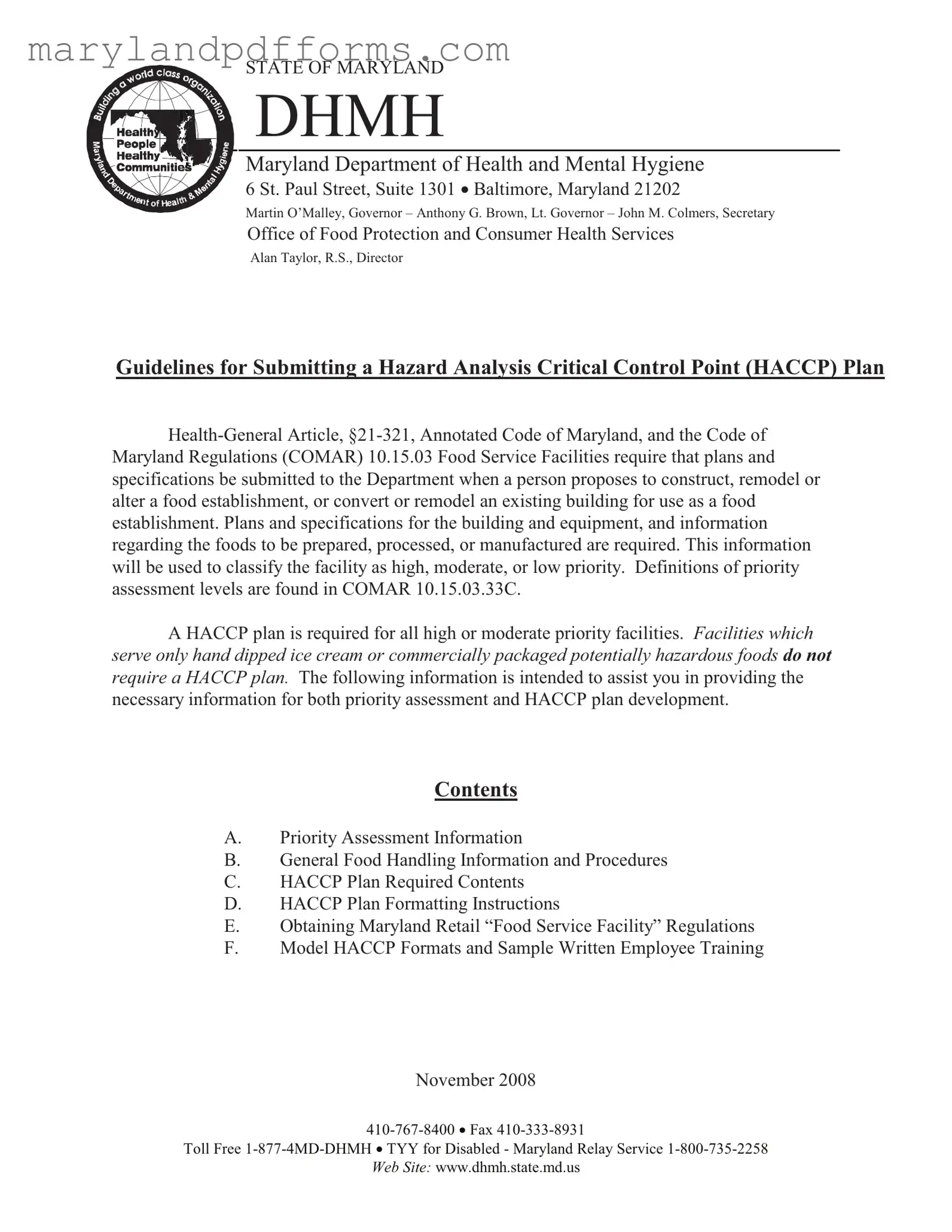Misconception 1: A HACCP plan is not necessary for all food establishments.
In reality, a HACCP plan is required for all high or moderate priority facilities. Only those that serve hand-dipped ice cream or commercially packaged potentially hazardous foods do not need one.
Misconception 2: The HACCP plan is a one-size-fits-all document.
Each HACCP plan must be tailored to the specific food service facility. It should reflect the unique menu items, food handling procedures, and equipment used at that establishment.
Misconception 3: Once submitted, the HACCP plan can be ignored.
The HACCP plan must be readily available in the food preparation area and actively used. It is essential for ensuring food safety and compliance with regulations.
Misconception 4: Only large food establishments need a HACCP plan.
All food establishments classified as high or moderate priority, regardless of size, must have a HACCP plan. This includes small cafes and food trucks.
Misconception 5: The HACCP plan does not require regular updates.
Facilities must update their HACCP plans whenever there are changes in menu items, food handling procedures, or equipment. Regular reviews help maintain compliance and safety.
Misconception 6: HACCP plans only focus on cooking processes.
While cooking is a critical control point, the HACCP plan also covers cooling, reheating, and holding temperatures, among other food safety procedures.
Misconception 7: Training employees on HACCP is optional.
Written procedures for employee training on HACCP processes are a requirement. Proper training ensures that all staff understand and can implement food safety practices effectively.
Misconception 8: The HACCP plan can be submitted without detailed food handling information.
Detailed food handling information is crucial for both priority assessment and HACCP plan development. This includes how food is sourced, prepared, and stored.
